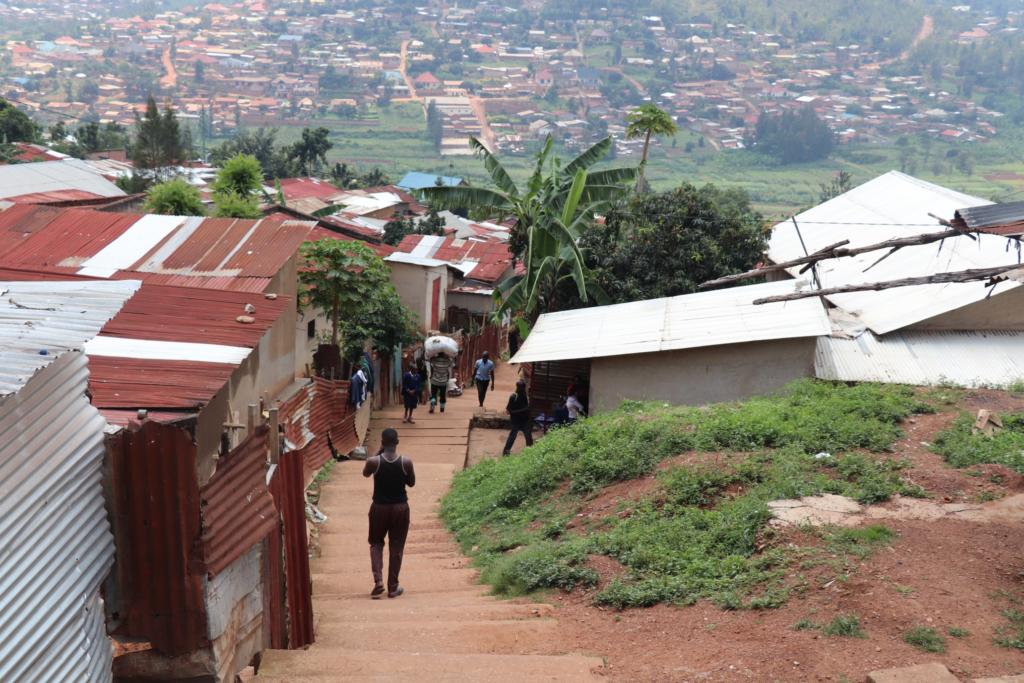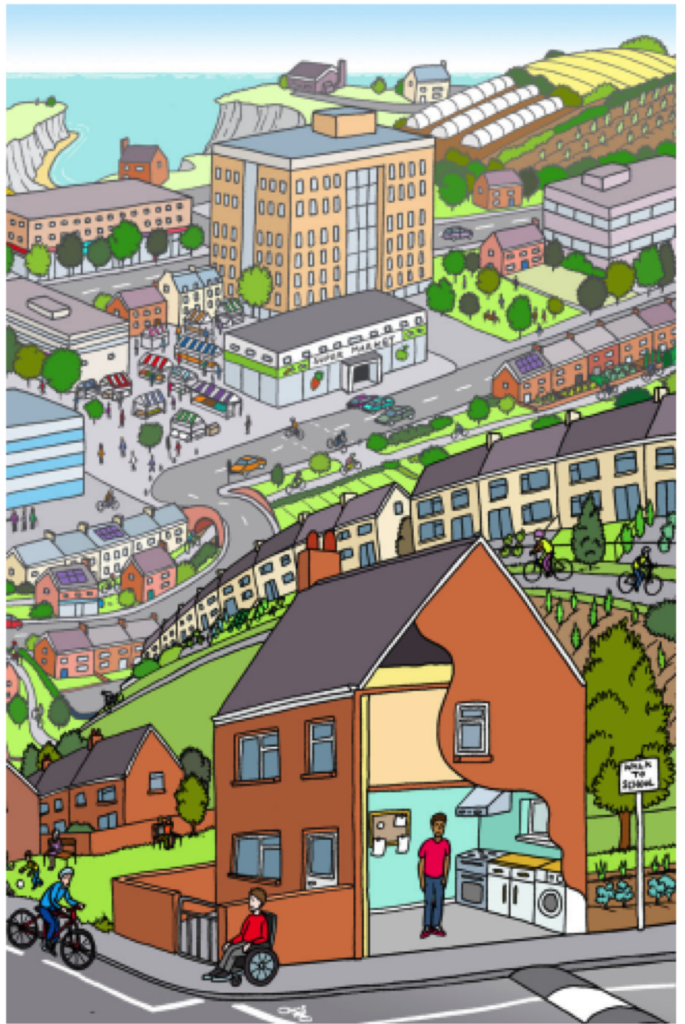City Know-hows

This work highlights the challenges rural areas face to access healthy food options. Key variables were identified by the residents to understand what food access means from their perspectives. Our recommendations suggested that planning policies must prioritize food access and promote higher-density settlements to improve service delivery.
Share
Target audience
Community members, decision makers, and urban planners.
The problem
Limited spatial accessibility to healthy food options has contributed to a rise in health problems like obesity and associated co-morbidities. Rural residents often encounter more amplified accessibility challenges. Food supplier chains often avoid low-density rural areas due to sparse populations and underdeveloped services and commercial infrastructure. Consequently, rural communities are particularly vulnerable to food access challenges, leading to poor health outcomes and higher prevalence of chronic diseases such as diabetes and obesity.
What we did and why
Through field observations, surveys with the residents, and interviews with decision-maker, we identified key variables that define food access in rural areas in Jordan, mapped access to food services according to the identified variable. and assessed food access in relation to land use regulations. Our work investigated frameworks governing the allocation of food service establishment locations, spatial requirements, integration into city masterplans, equitable distribution of food service types, and pertinent legislative frameworks.
Our study’s contribution
Our study underscores the complex interplay between food availability, pricing, access, and spatial distribution, particularly in rural contexts. Addressing these challenges necessitate coordinated efforts across urban planning, economic regulation, and community engagement to ensure equitable access to food for all residents, especially in times of crisis.
Impacts for city policy and practice
Our recommendations suggested that municipalities should develop policies that prioritize food access, conduct assessments to identify high-need areas, and promote higher-density settlements to improve service delivery. Our study also emphasizes the need to enhance food safety regulations and to promote the sale of fresh produce through direct-to-consumer models such as farmers’ markets. We also suggested that encouraging competition among food suppliers may help to reduce prices in rural areas.
Further information
Full research article:
Assessing the impact of land use regulations on access to food services in rural areas: the case of Annuaymeh village, Jordan by Nermeen Dalgamoni and Areen Odat.
Related posts

Our cross-sectional study of 272 neighbourhoods of thirteen cities shows that diverse physical and social attributes of neighbourhoods influence mental well-being of the citizens in the Asia and Africa.

Our systematic review of the impacts of neighbourhood design on well-being found strong evidence linking design principles such as walkability and access to green space with health and well-being.

Death remains an ever-present threat to the unhoused community. Hostile architecture designs like benches with middle armrests or spikes along ledges likely contribute to the massive health disparities homeless individuals face. It’s time to design something new.